Shown entries: 1-9
|
The following list covers consumer equipment only (for other formats, see videotape): Analog
|
|
Pentax (ペンタックス, Pentakkusu) is a brand name owned by Hoya Corporation and used under license by the Japanese multinational imaging and electronics company Ricoh for DSLR cameras, lenses, sport optics (including binoculars and rifle scopes), and CCTV optics. The Pentax trade mark is owned by Hoya Corporation which also uses the Pentax brand as "Pentax Medical" for medical products & services,[1] TI Asahi for surveying instruments,[2] and Seiko Optical Products for certain optical lenses.[3] |
|
After the groundbreaking introduction of the Leica II in 1932, Soviet leaders stopped the import of photographic equipment and set the FED factory to its task of creating a Leica of their own. Only 18 months later, in 1934, the FED factory began churning out its first clone of the Leica II rangefinder camera. Since then, they have produced millions of cameras, some good and some not so good. |
|
Minolta (ミノルタ, minoruta) was a Japanese company that, under one name or another, manufactured cameras from 1929 to 2003. It produced cameras for many film formats, from 16mm film to medium format. In the 1950s Chiyoda, as it was then called, ventured beyond production of cameras and binoculars into business services, and eventually into photocopiers. Most branches of the company were related to optics: the copier branch, the exposure meter branch, etc. Minolta was succeeded by Konica Minolta after the merger with Konica in 2003. The merged company sold its remaining camera interests to Sony in 2006; the Minolta "A" lens mount lives on in Sony's current line of DSLRs. |
|
The Polaroid Corporation was founded in 1937 by Edwin H. Land. It is most famous for its instant film cameras, which reached the market in 1948, and continued to be the company's flagship product line. |
|
In 1987, Canon introduced the EOS Single-lens reflex camera system along with the EF lens-mount standard to replace the 16-year-old FD lens-mount standard; EOS became the sole SLR camera-system used by Canon today. Canon also used EOS for its digital SLR cameras. All current film and digital SLR cameras produced by Canon today use the EOS autofocus system. Canon introduced this system in 1987 along with the EF lens mount standard. The last non-EOS based SLR camera produced by Canon, the Canon T90 of 1986, is widely regarded as the template for the EOS line of camera bodies, although the T90 employed the older FD lens-mount standard. |
|
|
|
|
|
Here you find list of all cameras was made by Canon, we making that any name you find here will be link to full information of camera. Give as time to finish that as list is long to do so. Canon was making different type of cameras from simple one to professional, the still in business.
|
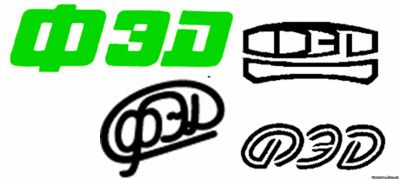 Originally an orphanage in Kharkiv, Ukraine, the FED factory was turned into a labor commune in the 1920s and renamed after Felix E. Dzerzhinsky, founder of the NKVD which was the forerunner to the KGB. Eventually it came to be known by the initials, FED (cyrillic ФЭД or фэд).
Originally an orphanage in Kharkiv, Ukraine, the FED factory was turned into a labor commune in the 1920s and renamed after Felix E. Dzerzhinsky, founder of the NKVD which was the forerunner to the KGB. Eventually it came to be known by the initials, FED (cyrillic ФЭД or фэд).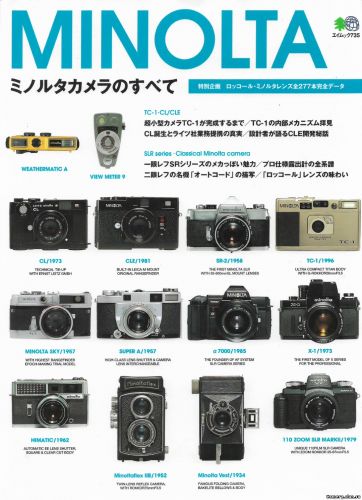
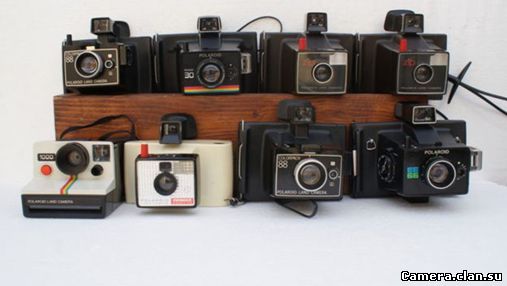 This is a list of the
This is a list of the 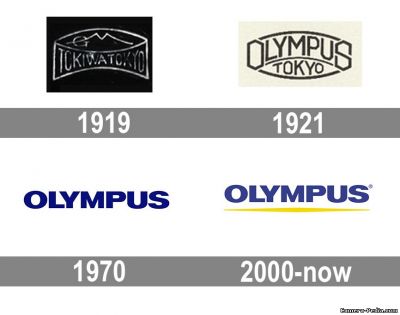 The company was founded on October 12, 1919 under the name K.K. Takachiho Seisakusho (㈱高千穂製作所, meaning Takachiho Works Co., Ltd.) by Yamashita Takeshi (山下長). The address was Toyotama-gun Yoyohata-chō Hatagaya (豊多摩郡代々幡町幡ヶ谷) in Tokyo. The founder was previously employed by Tokiwa Shōkai, which provided the financial support for the new company. The chief engineer was Terada Shintarō (寺田新太郎), who previously worked for M & Katera Kōgaku Kikai Seisakusho, and the first products of Takachiho Seisakusho were microscopes and thermometers.
The company was founded on October 12, 1919 under the name K.K. Takachiho Seisakusho (㈱高千穂製作所, meaning Takachiho Works Co., Ltd.) by Yamashita Takeshi (山下長). The address was Toyotama-gun Yoyohata-chō Hatagaya (豊多摩郡代々幡町幡ヶ谷) in Tokyo. The founder was previously employed by Tokiwa Shōkai, which provided the financial support for the new company. The chief engineer was Terada Shintarō (寺田新太郎), who previously worked for M & Katera Kōgaku Kikai Seisakusho, and the first products of Takachiho Seisakusho were microscopes and thermometers.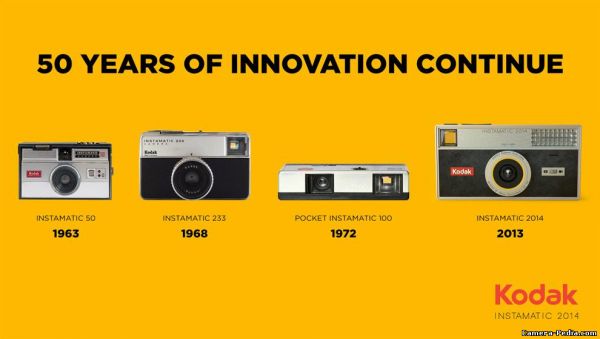 Instamatic was Kodak's trademark name for their easy-load 126 cartridge film cameras, launched in February 1963 with the Instamatic 50. Later, in 1972 Kodak used the name Pocket Instamatic for some of their 110 cartridge cameras (other 110 models were branded Ektra or Ektralite), and also called some of its Super-8 8mm movie cameras and projectors "Instamatic." Kodak 126 Instamatics were a great success, and sold around 60 million by 1976; thus "Instamatic" became a generic term for cartridge-loading - or any plain point-and-shoot - cameras, irrespective of manufacturer.
Instamatic was Kodak's trademark name for their easy-load 126 cartridge film cameras, launched in February 1963 with the Instamatic 50. Later, in 1972 Kodak used the name Pocket Instamatic for some of their 110 cartridge cameras (other 110 models were branded Ektra or Ektralite), and also called some of its Super-8 8mm movie cameras and projectors "Instamatic." Kodak 126 Instamatics were a great success, and sold around 60 million by 1976; thus "Instamatic" became a generic term for cartridge-loading - or any plain point-and-shoot - cameras, irrespective of manufacturer.